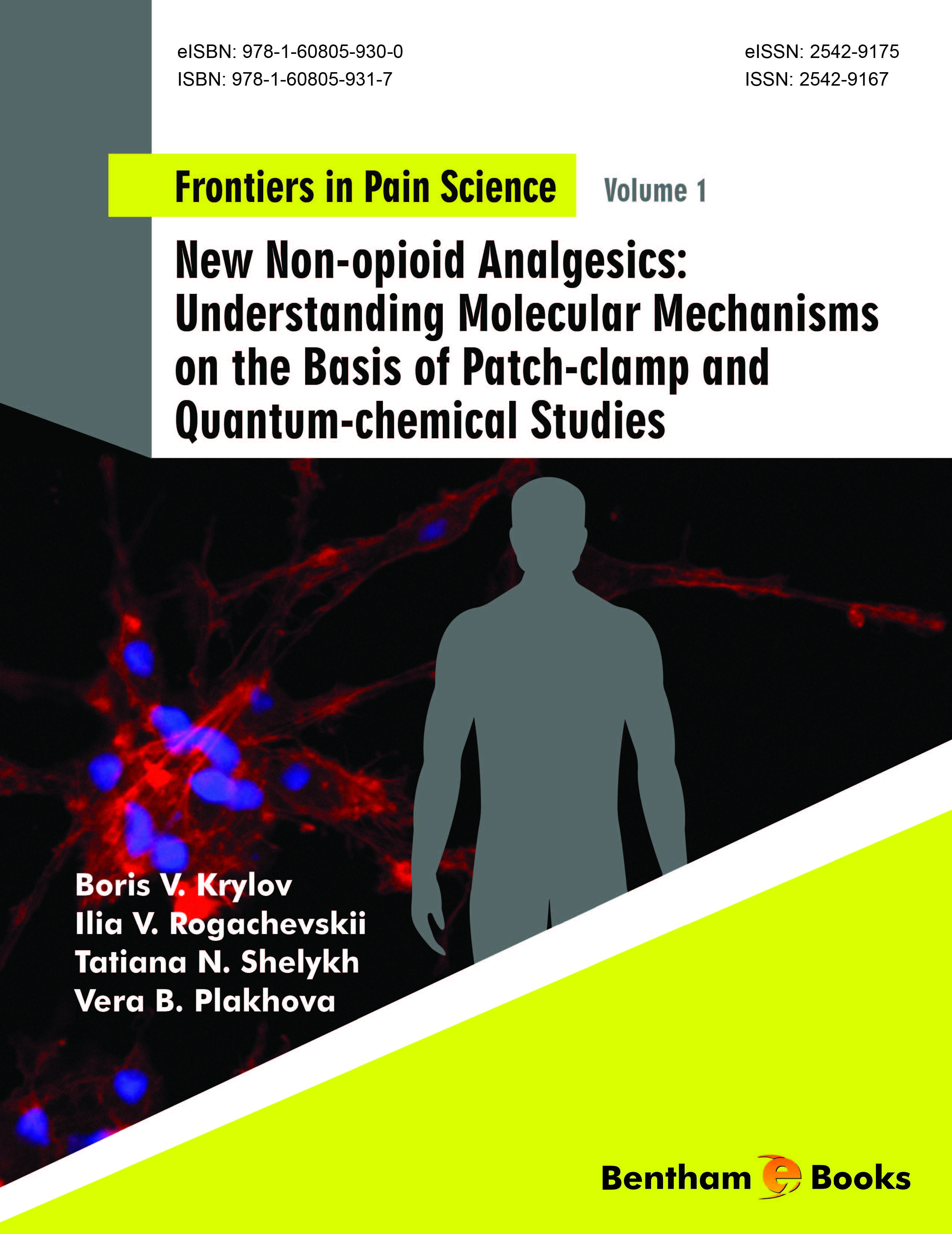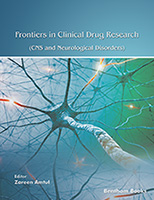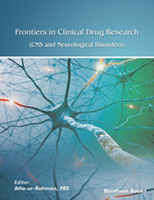Introduction
The monograph is a summary of methods used to study pain receptors and the results obtained in some experiments designed to study the effect of non-opioid analgesics. The molecular mechanisms of nociceptive information control in primary sensory nociceptive neurons are described based on investigations of the membrane signaling cascade (opioid-like receptor → Na+,K+-ATPase → NaV1.8 channel) observed by the authors. Based on this data, the authors conclude that the modulation of NaV1.8 channels responsible for the coding of noxious signals can be carried out due to two novel targeting mechanisms. The first of these is the activation of opioid-like receptors; the second is the activation of Na+/K+-ATPase as a signal transducer. The development of a novel class of analgesics that trigger these mechanisms should lead to a successful solution to the problem of chronic pain relief.
Chapters of the monograph cover the general methods used in studying nociceptive pain (including the patch-clamp method), and the mechanism behind the binding of different ligands to these receptors such gamma-pyrones, gamma-pyridines and cardiotonic steroids.
This monograph is a valuable reference for neuroscientists, pharmacologists and allied researchers studying pain receptors for the development of safe and effective analgesics.









